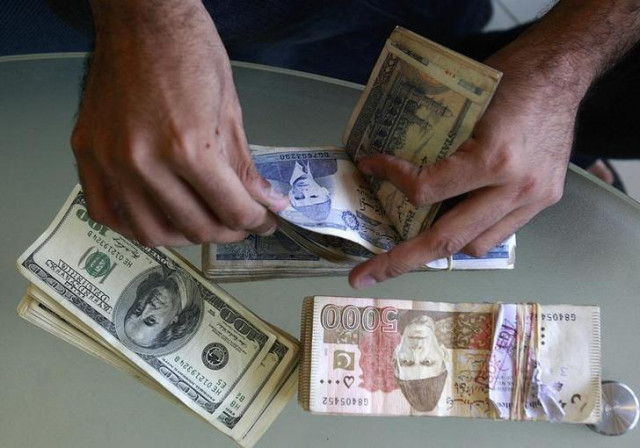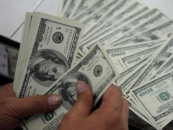Towering current account deficit raises alarm bells
IPR report finds weak policy-making root of weak economic indicators

PHOTO: REUTERS
World Bank approves $450m for balance of payments, budget support
The report revealed that the sudden rise in the current account deficit is serious, stating that at 2.6% of the Gross Domestic Product (GDP) it has already breached the year’s target of 1.5% of the GDP. This implied that Pakistan’s exports as a ratio of GDP are at a historic low.
“This ratio was in double digits in 2000-10 but now stands at about 5%. Pakistan has had higher current account deficits before. But they were financed by grant aid or FDI. In other cases, we had to go for International Monetary Fund (IMF) arrangements,” said the report.
Having just ended an IMF programme, it is unclear what choice the country has now.
Additionally, the State Bank of Pakistan (SBP) has imposed a condition of 100% cash margin on consumer goods import. “We could see more restraints. This is happening during low energy prices,” the report added.
It further said that the economy’s vulnerability will continue.
“At 2.4% of the GDP in December 2016, fiscal deficit will exceed government’s target of 3.8% of the GDP. Also, from now on, SBP and the government must keep an eye on increase in inflation, though it is still under control.”
The viability of the external sector depends on exports and workers’ remittance, which have been falling. The report cited low competitiveness and lack of manufacturing depth as reasons for the fall in exports.
The report further warned that no thought is given to job growth for the two million young Pakistanis entering the job market each year.
“Investment is essential for economic growth and recently, our investment has hovered around 15% of the GDP,” said the report.
The additional amount needed to raise Pakistan’s total investment to the minimum desired level of 20% of the GDP, is Rs1.7 trillion or about $16 billion annually. This must come from increase in national savings and higher FDI, the report advised.
Nevertheless the IPR report recognised encouraging signs in the economy stating that due to low discount rate, private credit has grown.
An improving security situation, China Pakistan Economic Corridor investments and increase in development spending should strengthen investor confidence.
Fearing higher deficit, govt reluctant to clear circular debt
However, rising current account and fiscal deficits will dampen revival.
The report findings revealed that public projects have progressed well during the half year, with the release of 60% of funds for the year. However, progress was uneven across sectors.
Release of funds was high in LNG power generation, highways, railways, and PAEC. It was slow in other key sectors including the critical water sector, health and higher education.
Published in The Express Tribune, April 11th, 2017.
Like Business on Facebook, follow @TribuneBiz on Twitter to stay informed and join in the conversation.



















COMMENTS
Comments are moderated and generally will be posted if they are on-topic and not abusive.
For more information, please see our Comments FAQ